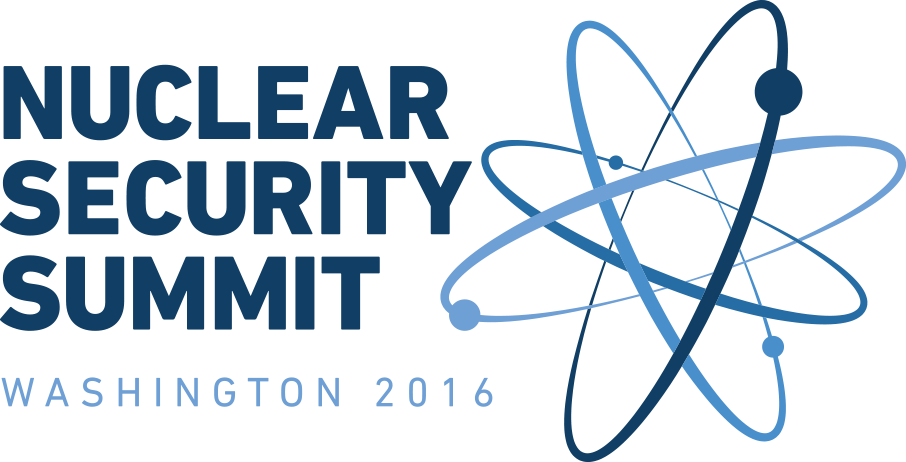National Progress Report: Australia
/1. Supporting multilateral instruments: Australia has ratified the 2005 Amendment to the Convention on the Physical Protection of Nuclear Material (CPPNM) and the International Convention for the Suppression of Acts of Nuclear Terrorism. Australia has completed its UNSCR 1540 reporting requirements. Australia has supported IAEA workshops and conducted regional outreach in support of ratification of the CPPNM amendment. Australia has submitted to the IAEA updated information pursuant to Article 14.1 of the CPPNM to inform the depositary of its laws and regulations giving effect to the convention.
2. Strengthening Nuclear and Other Radiological Material Security: Australia has independent nuclear security regulators for nuclear material and radioactive material. Australia follows key IAEA guidance documents including Nuclear Security Recommendations on Physical Protection of Nuclear Material and Nuclear Facilities (NSS-13), the Code of Conduct on the Safety and Security of Radioactive Sources, and the Guidance on the Import and Export of Radioactive Sources. Australia employs a Design Basis Threat (DBT) for its nuclear facilities, which includes a cyber-security component. Australia is a subscriber to the Joint Statement on Strengthening Nuclear Security Implementation, promulgated as INFCIRC/869 in the IAEA.
The security system at the Australian Nuclear Science and Technology Organisation is regularly tested and evaluated through an exercise program which includes multi-agency and force on force exercises that are designed to test a DBT scenario.
3. Contribution to and use of the IAEA’s Nuclear Security-Related Activities and Services: Australia has contributed over AU$2.4 million to the IAEA’s Nuclear Security Fund since its inception, hosted regional training courses on nuclear security, and been heavily involved in the development of the IAEA’s nuclear security series of guidance documents.
Australia hosted an IAEA International Physical Protection Advisory Service (IPPAS) mission in November 2013 and has requested the IAEA to conduct a follow-up mission in 2017.
4. Collaborating with International Organisations, Initiatives and Partnerships: Australia is a member of the Global Initiative to Combat Nuclear Terrorism (GICNT) and chairs its Nuclear Forensics Working Group. In May 2016, Australia will host a GICNT nuclear emergency planning and response workshop and exercise “Kangaroo Harbour” which will demonstrate best practices in issuing and responding to notifications and assistance requests to increase nuclear detection, nuclear forensics and emergency response involving the threat and use of radioactive materials in a terrorist attack. Australia has been a member of INTERPOL since 1948, and is a donor participant in the (G8) Global Partnership Against the Spread of Weapons and Materials of Mass Destruction.
5. Minimising Sensitive Nuclear Material: Australia has shut-down its HEU-based research reactor at the Australian Nuclear Science and Technology Organisation (ANSTO) in Sydney, repatriated all its spent fuel, and now uses only low-enriched uranium technology to fuel the research reactor and produce radiopharmaceuticals. Australia repatriated surplus stocks of HEU to USA in late 2012. Australia’s total holdings of highly enriched uranium and separated plutonium are below 5 Kg.
6. Efforts to Combat Illicit Trafficking in Nuclear and Radiological Materials: Australia contributes to the IAEA’s Illicit Trafficking Database and has contributed to an IAEA project to improve technical measures to detect and respond to Illicit trafficking of nuclear and other radioactive materials.
7. Strengthened cooperation between government and nuclear industry: The Australian Nuclear Science and Technology Organisation (ANSTO) is an active member of the World Institute of Nuclear Security (WINS) and is involved in the development of best practice guides on nuclear and radioactive source security.
For Australia's nuclear security profile tables, click here.

